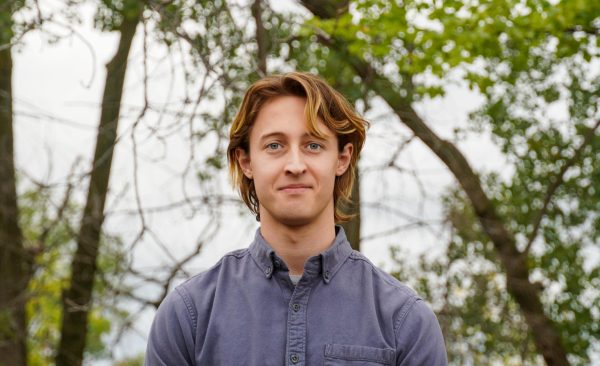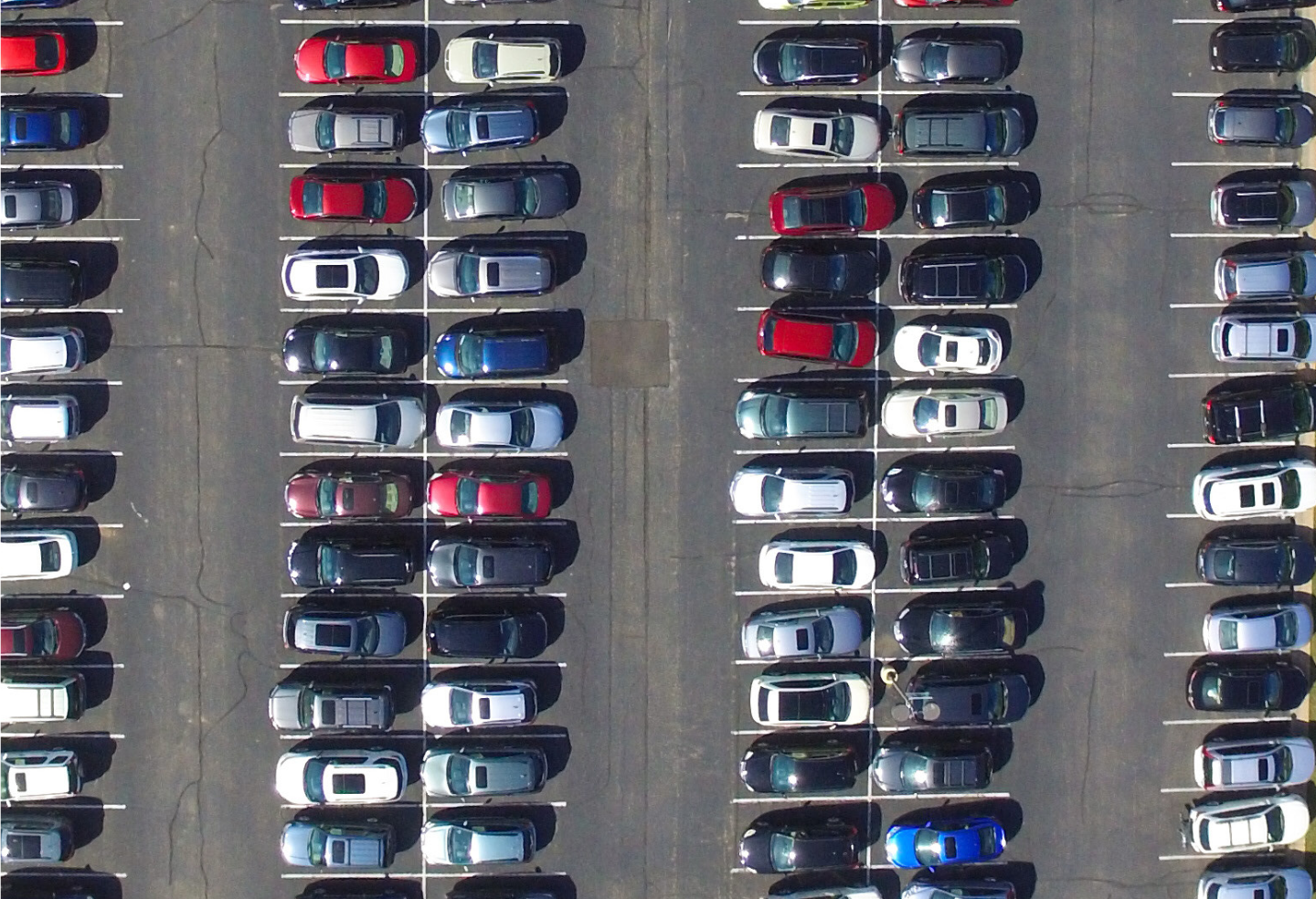Our community’s car dependency
With the school year starting amidst ongoing road construction around Mounds View, the difficulty of driving to school has brought new attention to the dependency on cars for transportation.
This phenomenon is not limited to the area surrounding Mounds View. Across the U.S., cars reign supreme. According to the American Community Survey, 85% of workers commute to work by car, while only 5% of Americans travel to work via public transportation. “If you don’t [have a car], you’re relying on things like public transportation, [but] not all areas have good systems in place for that,” said Emily Dagget, social studies teacher.
The reliance on cars in the U.S. originates from the mass production of cars. The assembly line and specialization allowed cars to be accessible to millions of middle-class Americans in the early 1900s, so much so that by the mid-1930s, there was one car for every two American households, according to Bloomberg News.
This abundance of cars fundamentally changed the way that people went about their daily lives. “It used to be where you live in a town and had easy access to all the places you would need to go,” said Dagget. “We’ve seen the structures of cities change to where it’s almost a necessity to have a car at this point.”
However, this gradual shift is not the only cause of car superiority. In the 1950s, the U.S. began constructing the Interstate Highway System in response to the surge in car popularity. This created programs with goals of “urban renewal” and “slum clearance,” which replaced poorer neighborhoods with road systems. As a result, many urban communities — the majority of which were minority neighborhoods — were forced to split up as the construction of highways displaced residents and businesses.
Along with destroying neighborhoods, car reliance also caused the destruction of public transportation. In the late 1950s, public transportation infrastructure, such as trolleys and streetcars, began disappearing. The recurring pattern of rising car usage, which in turn fueled greater investment in car infrastructure, corrupted the pedestrian-friendly aspects of the United States. This resulted in an underdeveloped transportation network that persists today.
In the Mounds View area, the effects of suburban sprawl are displayed by the diffusion of single-family homes, de facto segregation and an extreme reliance on cars evident in the limited presence of bikes and the substantial congesting of Lake Valentine Road and the parking lot.
The U.S.’s heavy reliance on cars has been a long-standing problem that has only been compounded in recent years, with the construction near Mounds View a local example of a phenomenon seen across the nation. The absence of alternative methods of transportation leaves Americans helpless when driving isn’t an option.
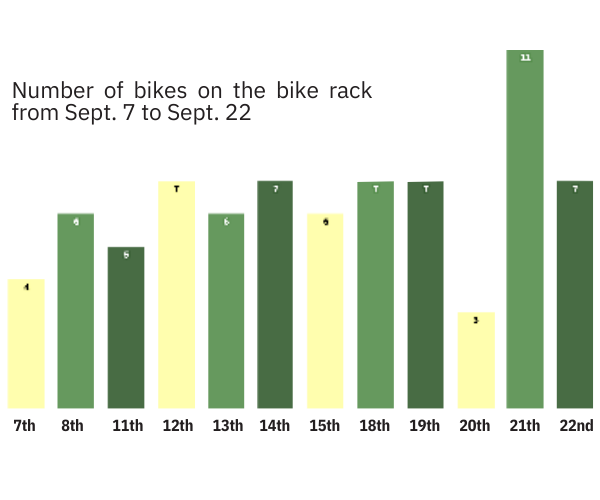
Cars are so intertwined with American culture that they have become a necessity for most households today. According to Forbes Advisor, over 91.7% of American households owned at least one vehicle in 2021. Because of Euclidean zoning, which zones residential areas far from commercial areas, the reliance on driving only increases in suburbs, leaving students in the Mounds View School District with almost no option but to drive or take the bus to school.
Car-dependent culture is evident on Mounds View High School’s campus. The two parking lots currently have 425 parking spots for students and 120 for staff. Meanwhile, there is only one bike rack at Mounds View. In fact, the average number of bikes on the rack from Sept. 7 to Sept. 22 was six bikes per day. This low number of bikes is not surprising.
Most roads today prioritize cars and trucks, as they are built on the assumption that everyone will drive. For example, “stroads” combine streets where pedestrians and businesses are located with high-speed, wide-laned roads. Lexington Avenue is one such local example. Frequent stoplights, as well as exits and entrances onto the stroad, create congestion and make conditions dangerous for pedestrians and cyclists.
Several roads students take to Mounds View, such as Snelling Avenue or Old Highway 10, lack safe sidewalks and bike lanes and have speed limits of at least 45 mph. Because of the dangerous conditions, some students who wish to bike to school on these routes feel like they cannot. “I don’t bike to school because I don’t really want to get hit on Old Highway 10,” said junior Henry Collins. “The other option is going down Lexington, and that’s a much longer bike ride, and at that point, I’d just rather take the bus.”
Students who walk to school face similar safety issues. Freshman Aliyah Rogers, who lives across the street from Mounds View, feels overwhelmed when leaving the congested parking lot, especially because of the lack of crosswalks. “It can be really tough for us to cross the streets…because there’s huge buses, obviously that can’t always see us, and then there’s cars. Not only are there adults driving, but there’s also high schoolers and…I think sometimes it’s just really chaotic,” said Rogers.
Adding to the chaos is the recent construction on Lake Valentine Road. “I have to walk a little bit in the street to try and avoid [the construction], and also I take a different route home, so that’s even more into the construction, like on Snelling…and so that one’s the worst because then I have to cross the street twice and then cross it again. The traffic’s pretty busy at the end of the day there,” said Victoria Farmer, a junior who walks 1.4 miles to and from school each day.
Besides creating congestion and unsafe walking and biking conditions, car-dependent development poses a threat to the environment. With over 100 million cars on the road each day, the amount of greenhouse gases emitted takes a toll on air quality and public health. Cars also create noise pollution and increase the need for road construction, which harms the environment in and of itself.
Car dependency also devalues other methods of transportation. Unlike commuters from countries with elaborate transportation systems, such as Japan or South Korea, only 55% of Americans even have access to public transportation, according to the American Public Transportation Association. This means the remaining 45% must walk or bike on unsafe roads or drive their own vehicles.
One of the main issues with the lack of transportation choices is that many people cannot afford to drive. Just learning how to drive is already very expensive. For example, Teens Inc. Driving School — a popular driving school in the Mounds View area — charges $295 for Driver’s Ed and upwards of $450 for behind-the-wheel lessons.
Cars themselves also require a great financial investment, not to mention the gas and maintenance fees that come with them. In such a car-dependent society, households who cannot afford to drive are put at a major disadvantage.
Whether the car will remain America’s primary vehicle or not, it is clear that the shift towards a car-dependent society has played a huge role in shaping America’s transportation culture.
While the systematic problem of car dependency in the U.S. and at Mounds View High School cannot be solved immediately, many solutions can help address the issue and promote walkability and bikeability in our community and beyond.
In fact, many programs advocate for more walkable communities. One such state-led program, called Safe Routes to School, spreads awareness and raises money to make communities near schools safer, more walkable and less polluted. Another program, Strong Towns, works to educate people and give them the resources they need to increase walkability in their communities.
One such way to promote walkability is adding sidewalks along roads. A new sidewalk is currently being constructed on Lake Valentine Road to increase pedestrian safety. “I’m excited for the sidewalk to be installed,” said freshman Aliyah Rogers, whose mom petitioned for the new sidewalk. “[My mom] noticed that it’s been pretty dangerous for [students] to be going across with all the cars and stuff… I feel like [the sidewalk] will help a lot so that we’re not walking on the very edge of the road with tons of cars going out.”
According to the Federal Highway Administration (FHA), walkways and sidewalks improve mobility, reduce pedestrian crashes and should be provided near school zones. Sidewalks help keep pedestrians away from cars and create a more streamlined experience.
In addition to sidewalks, adding crosswalks can also help pedestrians. Currently, some walkers at Mounds View, such as Rogers, have to wait up to five minutes just to leave the school campus because of the difficulty to cross the street. Furthermore, increased and highly visible crosswalks could reduce pedestrian accidents by up to 40% according to the FHA.
The addition of crosswalks could also make the community more bikeable, as students would feel safer crossing the road on bikes. “I would [bike], but I feel like, for me, it would be harder to [cross] the street to do that,” said Rogers.
While crosswalks are helpful, a fail-safe way to promote biking for students and make commuting safer would be to add bike lanes along the roads at Mounds View. “I think getting better bike paths from the other side of the old highway would be much better, especially [on] Lake Valentine Road… because then you could bike [on] them to Mounds View,” said Vincent Meyer, a junior who wishes he could bike to school.
While making communities more pedestrian accessible is important, providing increased public transportation would also decrease people’s reliance on cars. Public transportation — including buses, trains and trolleys — provides more options for those who cannot drive or do not have the time to walk or bike. According to the U.S. Department of Transportation, public transportation has lower crash rates, decreases fuel consumption and costs less than a car.
Not only do biking and walking also help the environment, but regular walking can improve a person’s physical and mental health and prevent chronic diseases according to Mayo Clinic. Finding new ways to get to school can help a student fit a daily workout into their schedule, spend more time with friends and have more flexibility in the mornings. “It’s very peaceful [to walk to school],” said Rogers, “to just walk a little bit with [my friends]. I find it enjoyable and we’re able to talk a bit before the busy school day starts.”
While still far from being a walkable community right now, the Mounds View area is taking a step in a new direction with the construction of the new sidewalks. The sidewalk will allow for easier transportation for those not in a car and could lead to increased infrastructure supporting walkers and bikers in the future.
-
 Award-winning articlesFounding the bell scandal
Award-winning articlesFounding the bell scandal -
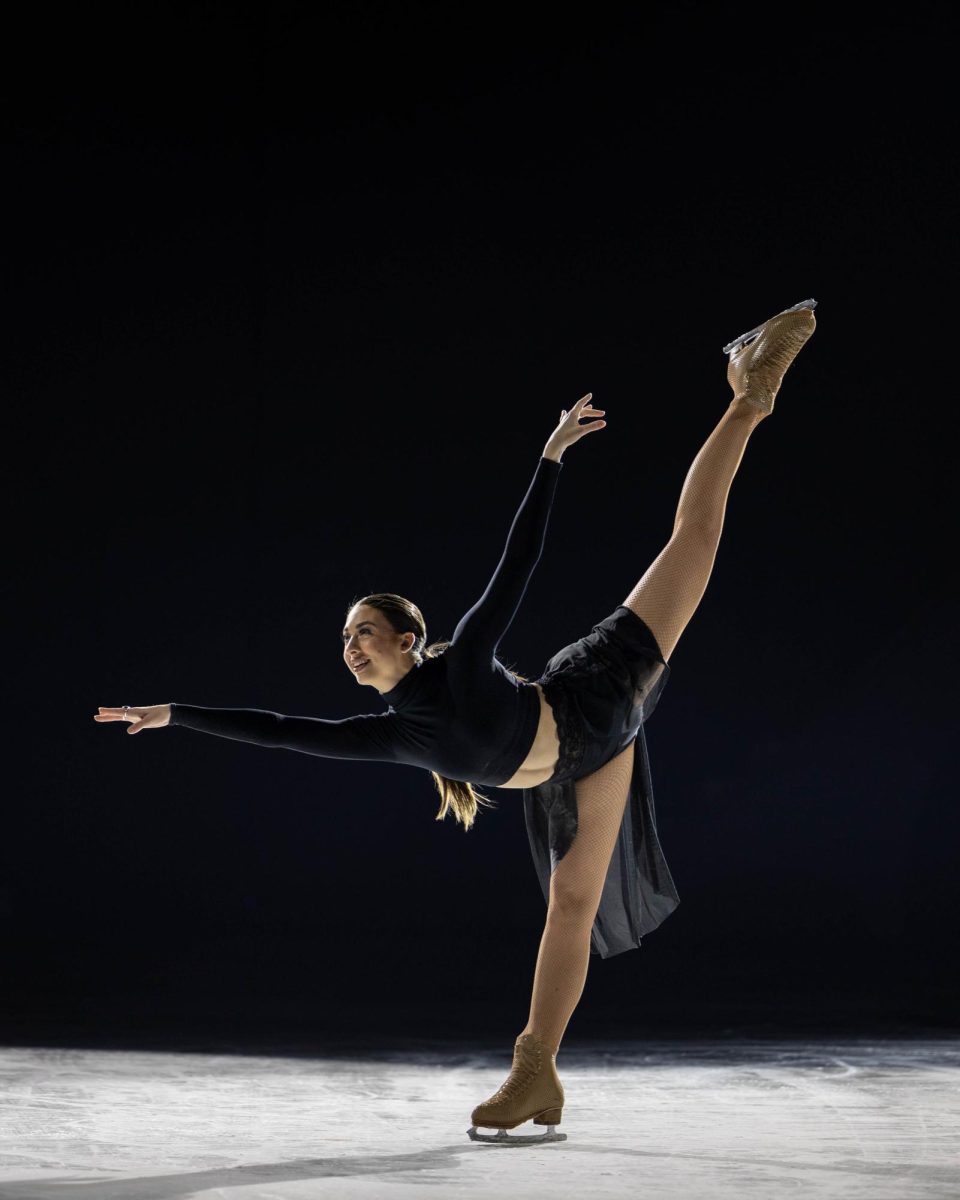 Award-winning articlesSpiraling towards success
Award-winning articlesSpiraling towards success -
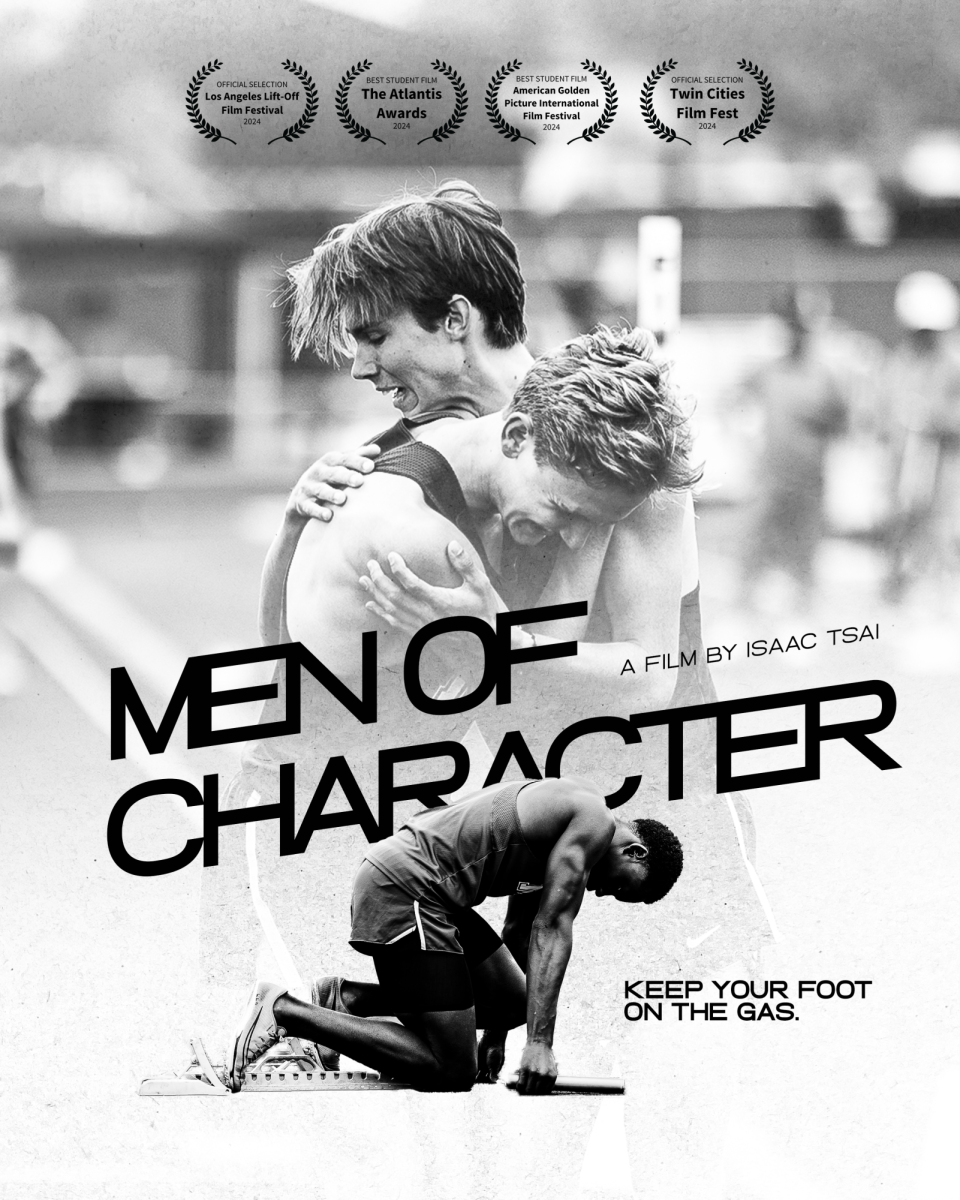 Award-winning articlesMen of Character: local blockbuster
Award-winning articlesMen of Character: local blockbuster -
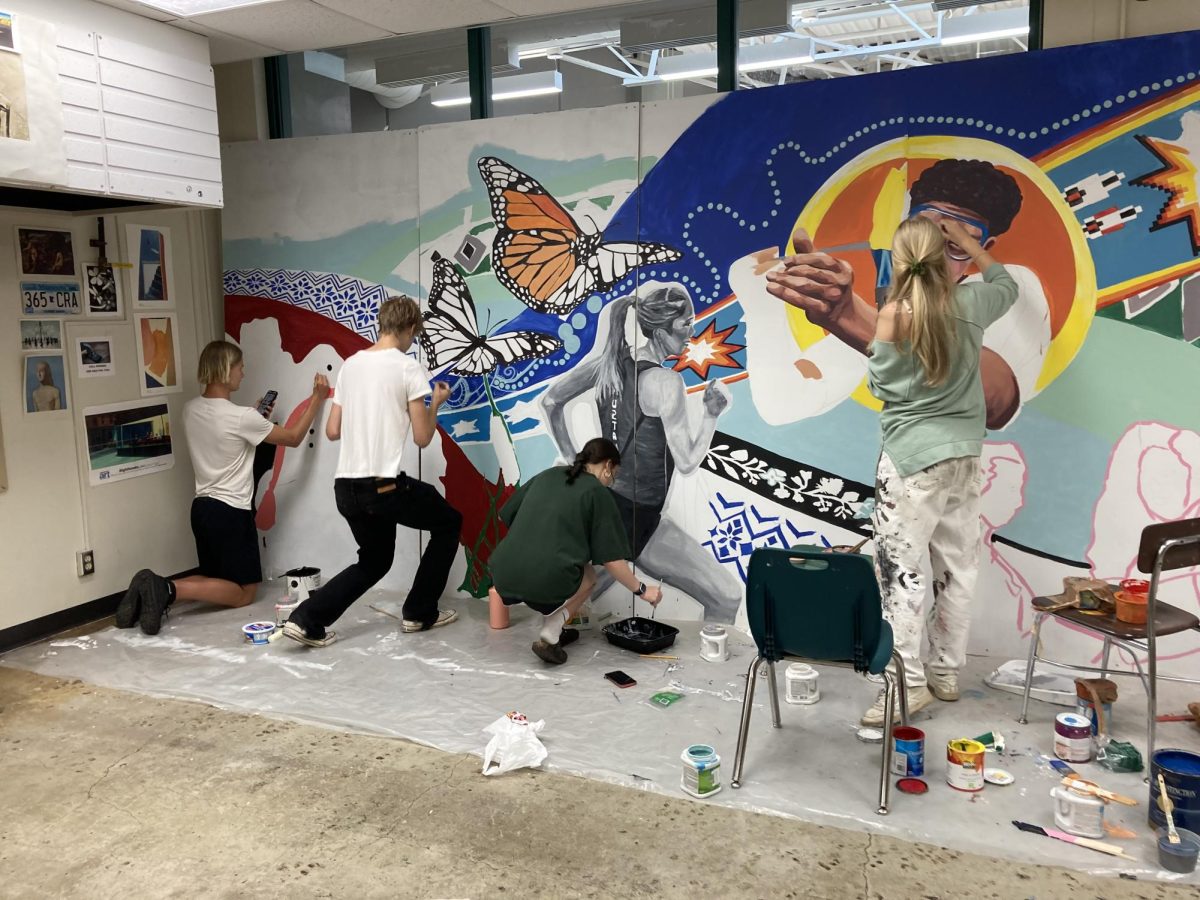 Award-winning articlesArtistic talent on display in new mural
Award-winning articlesArtistic talent on display in new mural -
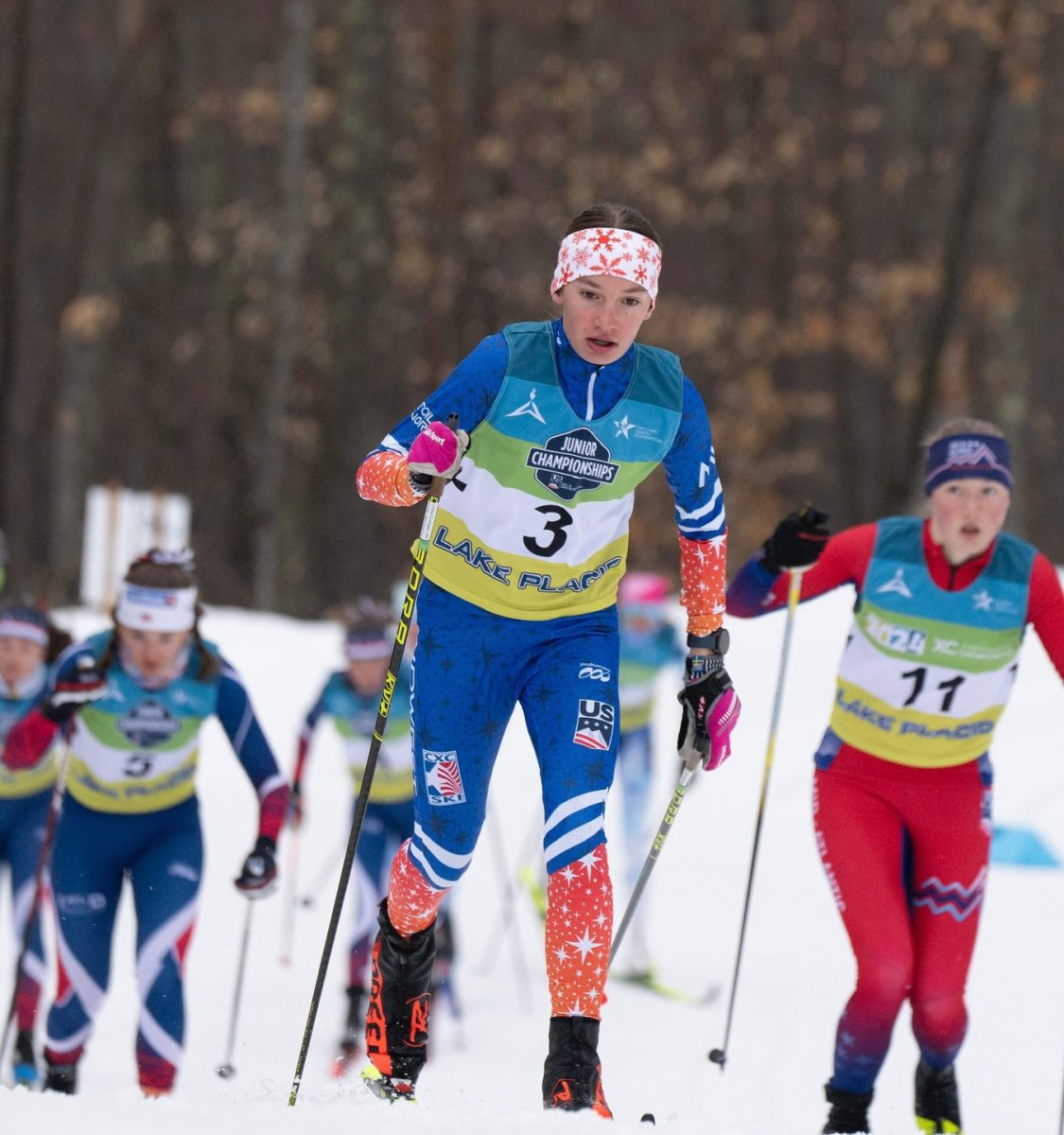 Award-winning articlesFreshman Linnea Ousdigian: National Nordic champion
Award-winning articlesFreshman Linnea Ousdigian: National Nordic champion -
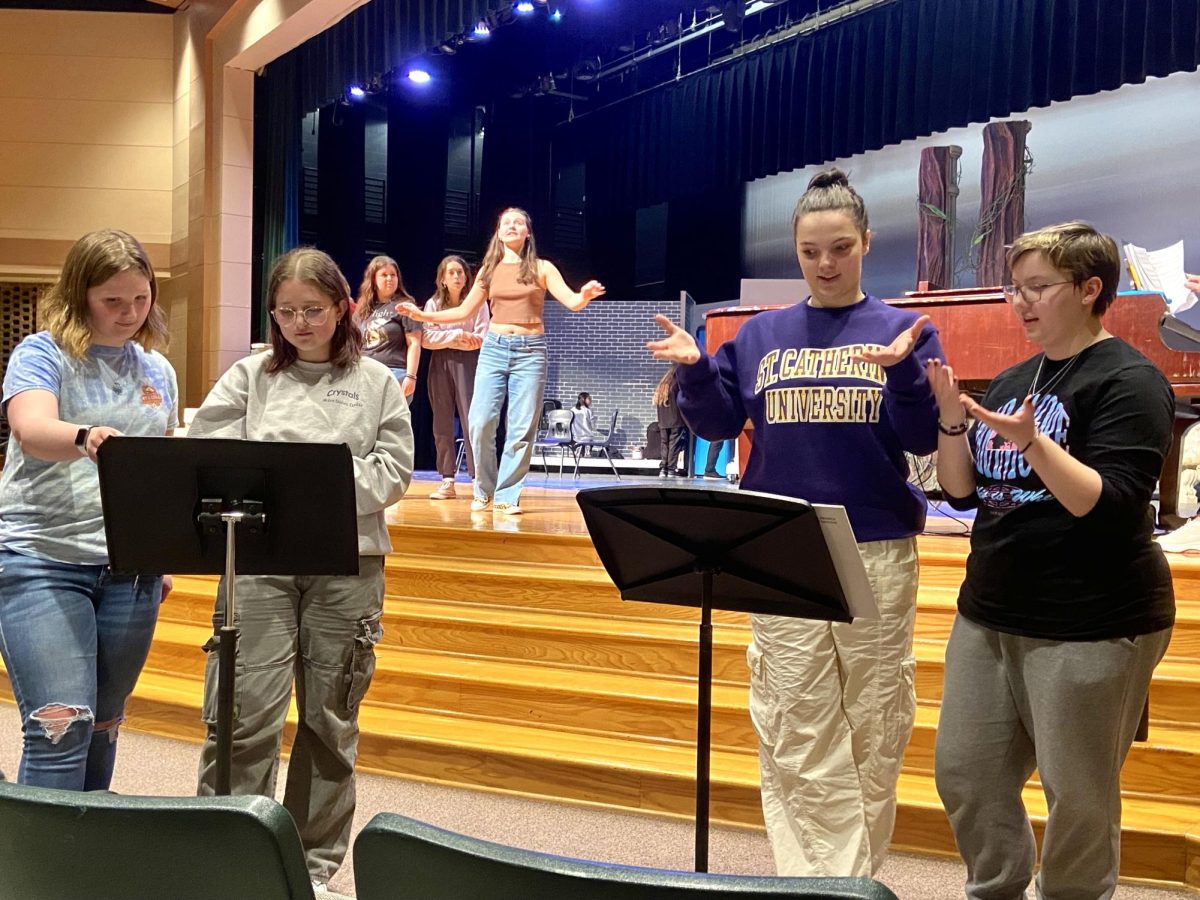 Award-winning articlesSoundless storytelling: ASLHS to interpret spring musical
Award-winning articlesSoundless storytelling: ASLHS to interpret spring musical -
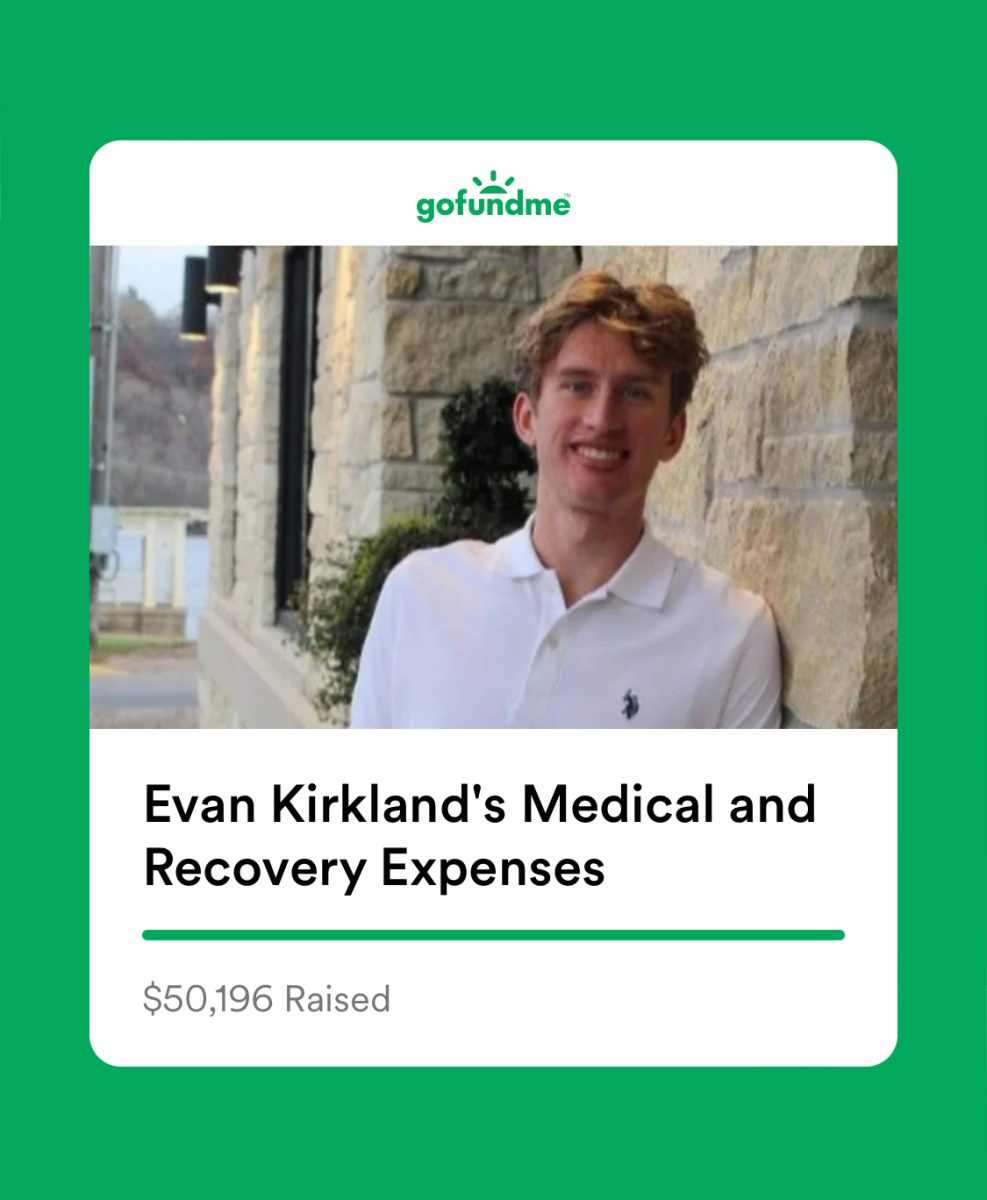 Award-winning articlesCommunity spreads support for Evan Kirkland
Award-winning articlesCommunity spreads support for Evan Kirkland -
 Award-winning articles[COLLECTION] The rise of sports betting
Award-winning articles[COLLECTION] The rise of sports betting -
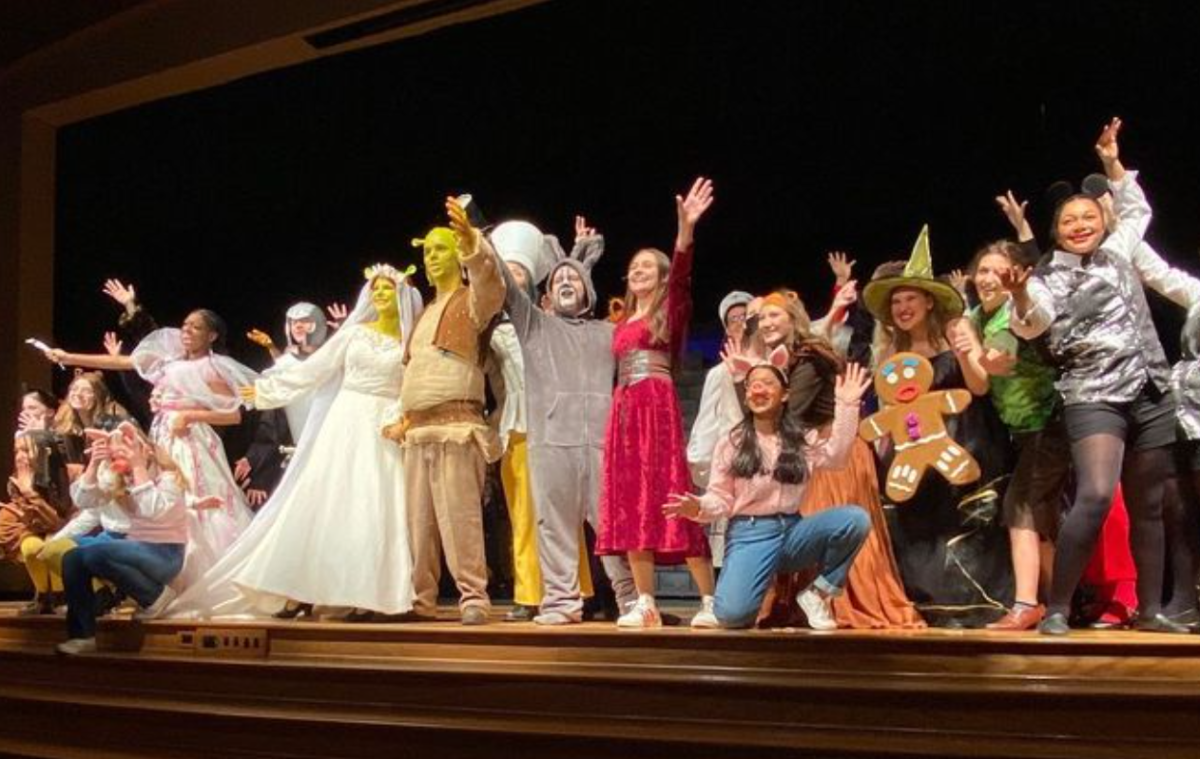 Award-winning articlesMounds View Theater casting sparks controversy
Award-winning articlesMounds View Theater casting sparks controversy -
 Award-winning articlesThe downfall of ELA education
Award-winning articlesThe downfall of ELA education -
 SpreadWhat happens when religion meets education?
SpreadWhat happens when religion meets education? -
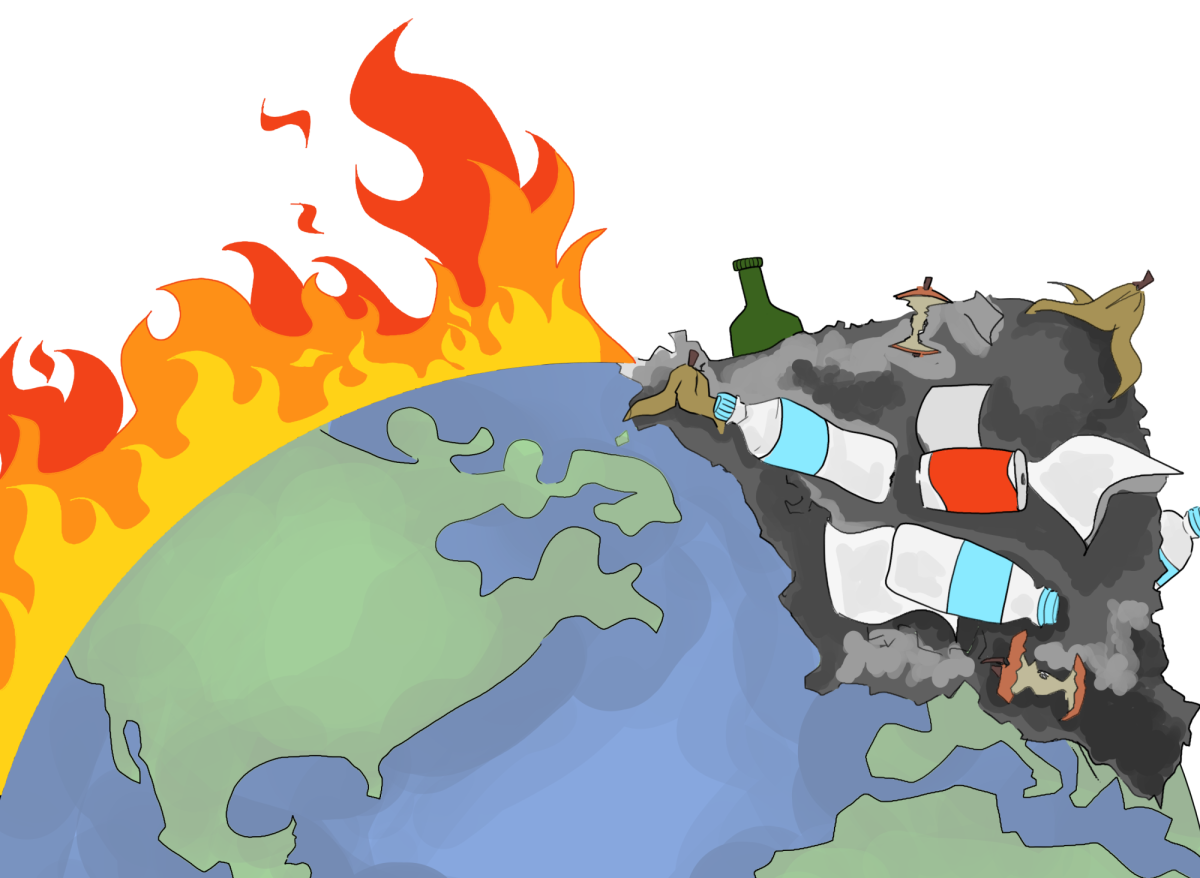 SpreadClimate change: the clock is ticking...
SpreadClimate change: the clock is ticking... -
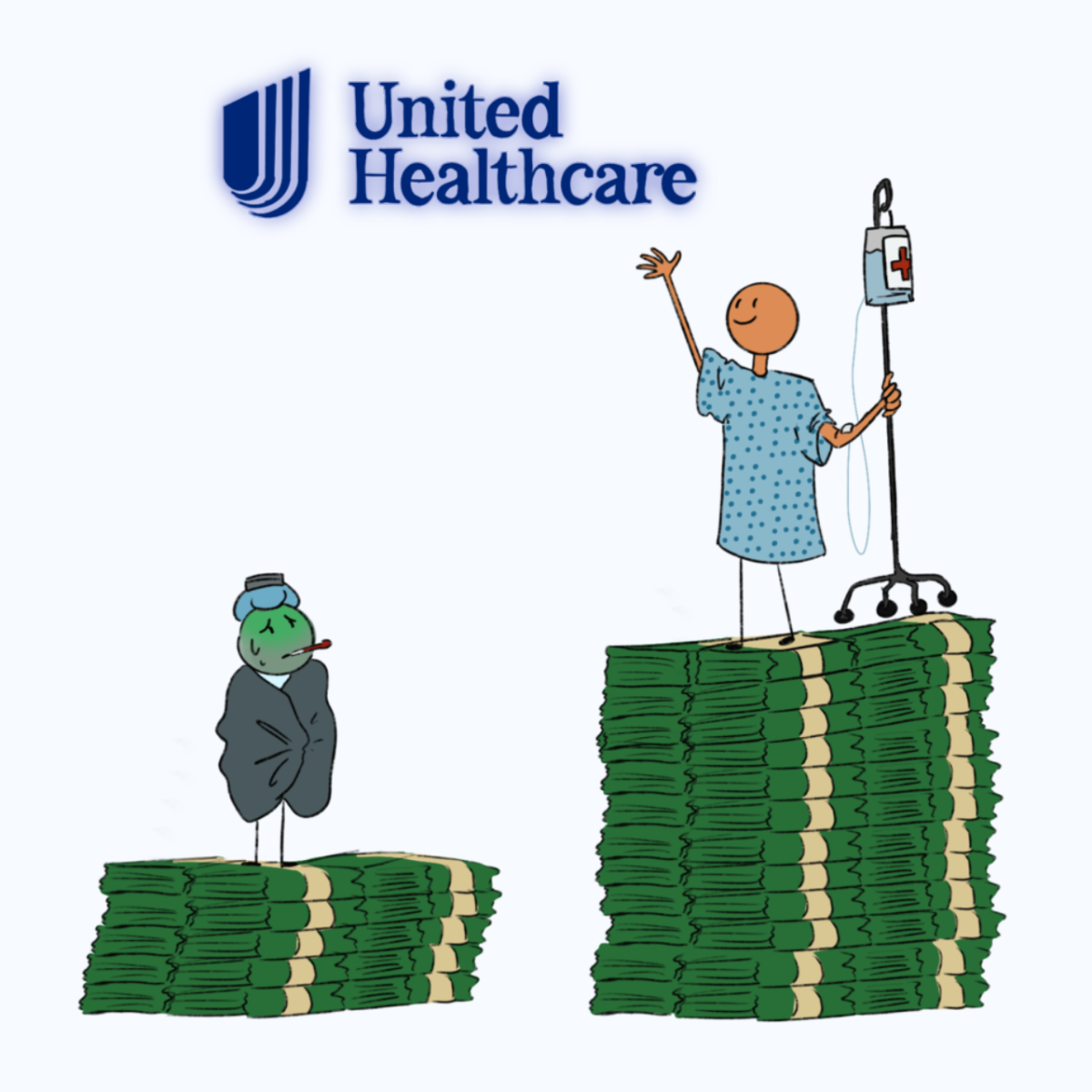 SpreadThe Healthcare Crisis: sky high prices
SpreadThe Healthcare Crisis: sky high prices -
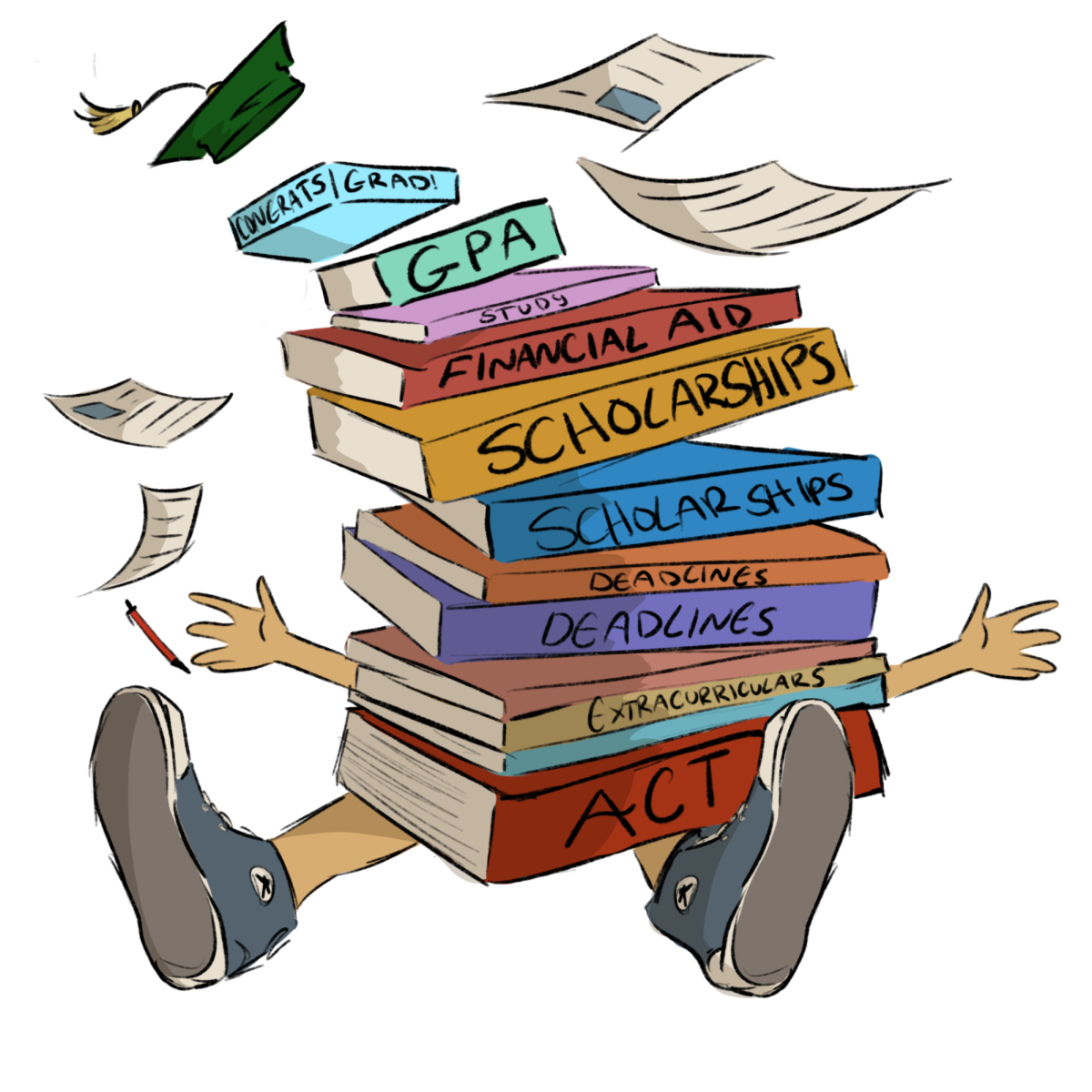 SpreadThe overwhelming culture of college applications
SpreadThe overwhelming culture of college applications -
SpreadSchool security
-
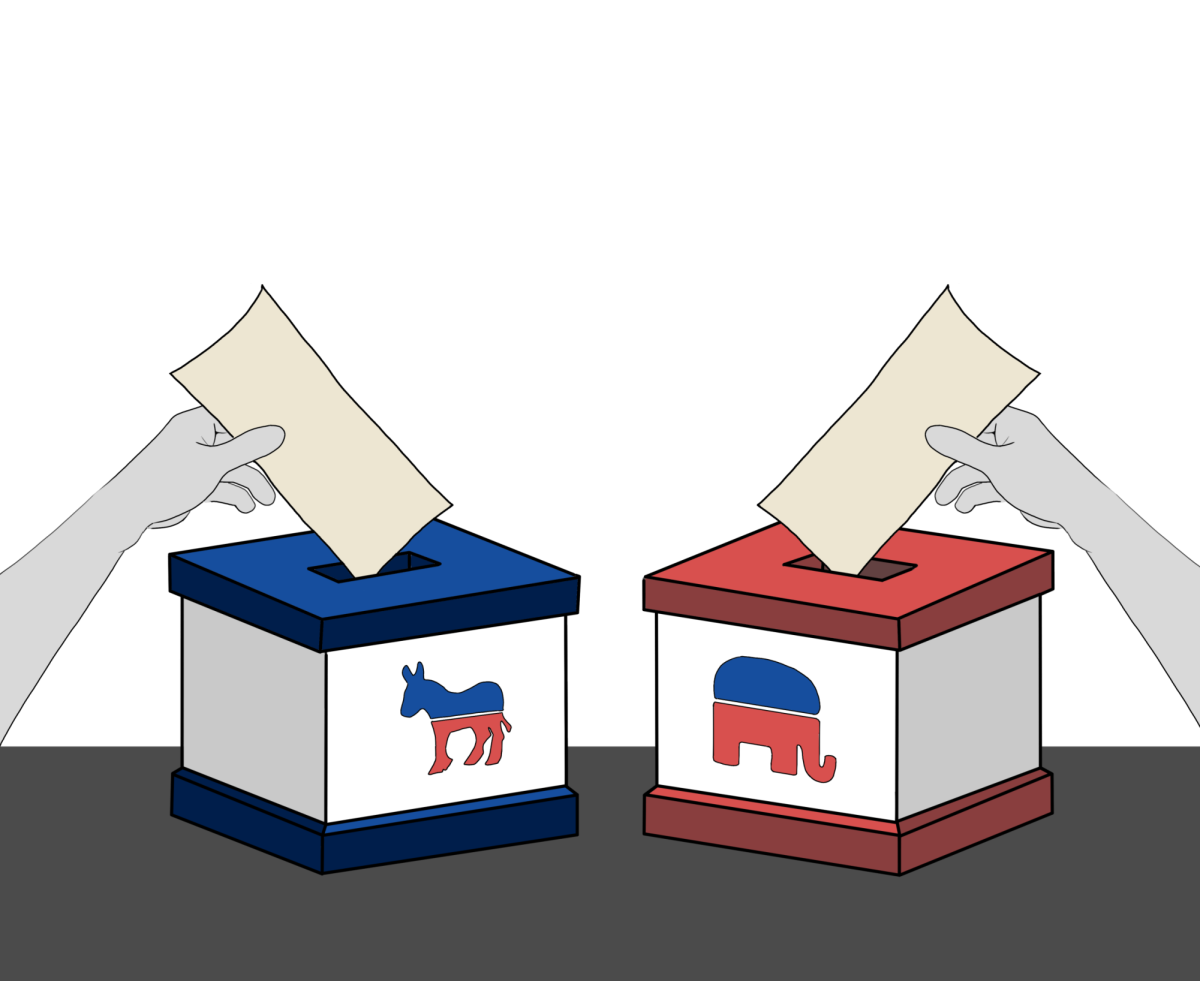 Spread2024 Presidential Election
Spread2024 Presidential Election -
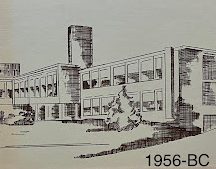 SpreadMounds View celebrates 70 years
SpreadMounds View celebrates 70 years -
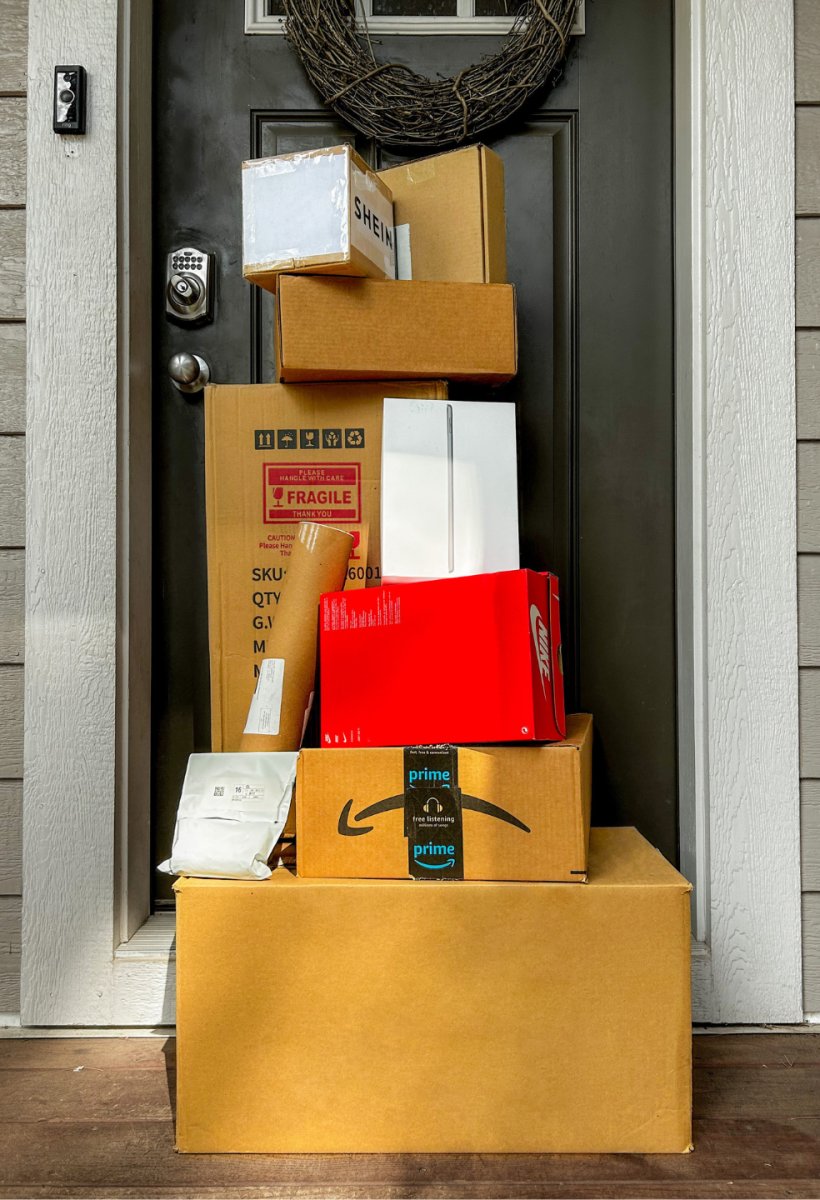 SpreadThe rising trend of overconsumption
SpreadThe rising trend of overconsumption -
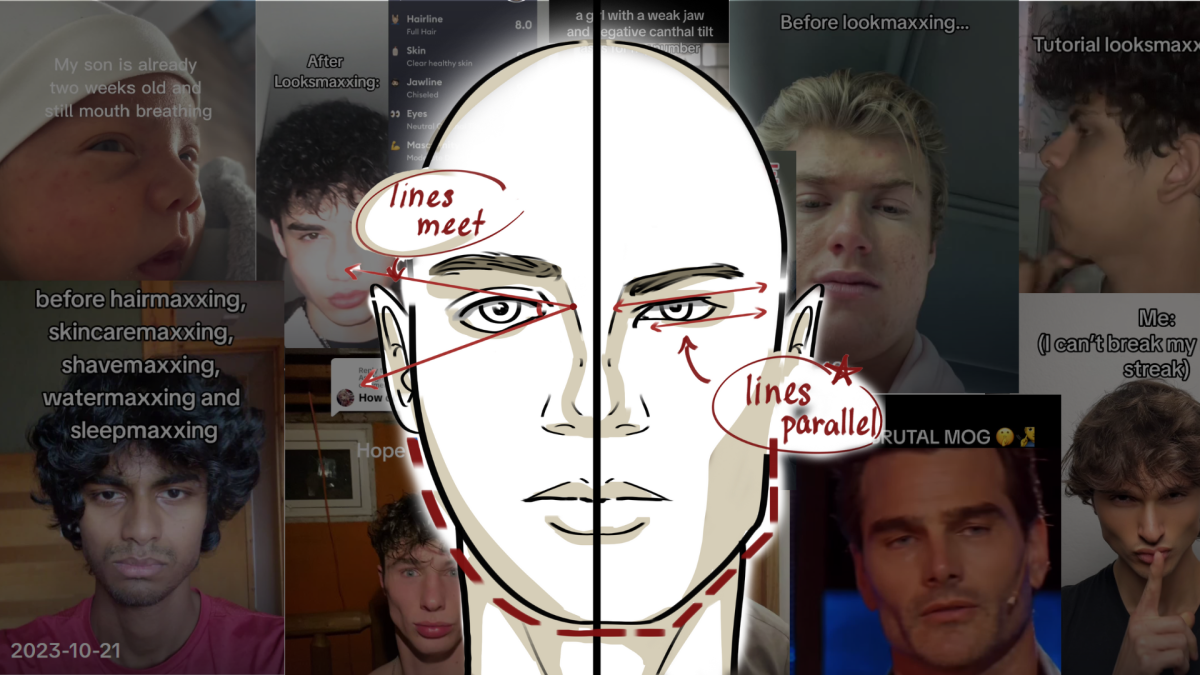 SpreadThe dark side of looksmaxxing
SpreadThe dark side of looksmaxxing -
 SpreadA deep dive into the new generation of conspiracy theories
SpreadA deep dive into the new generation of conspiracy theories



